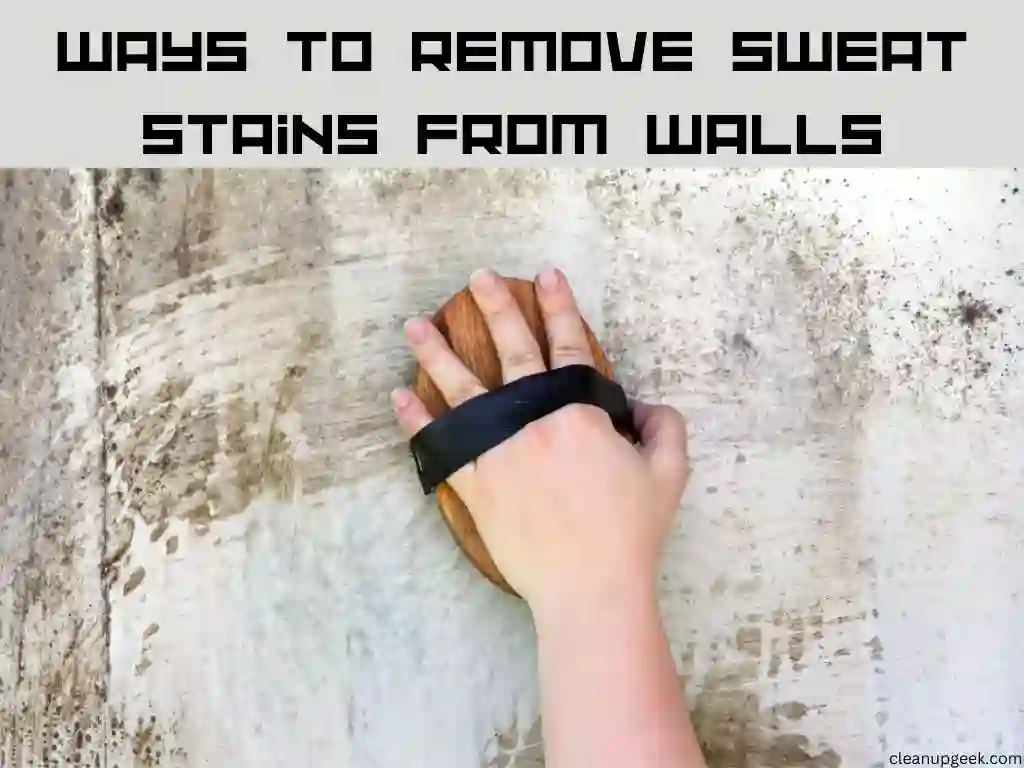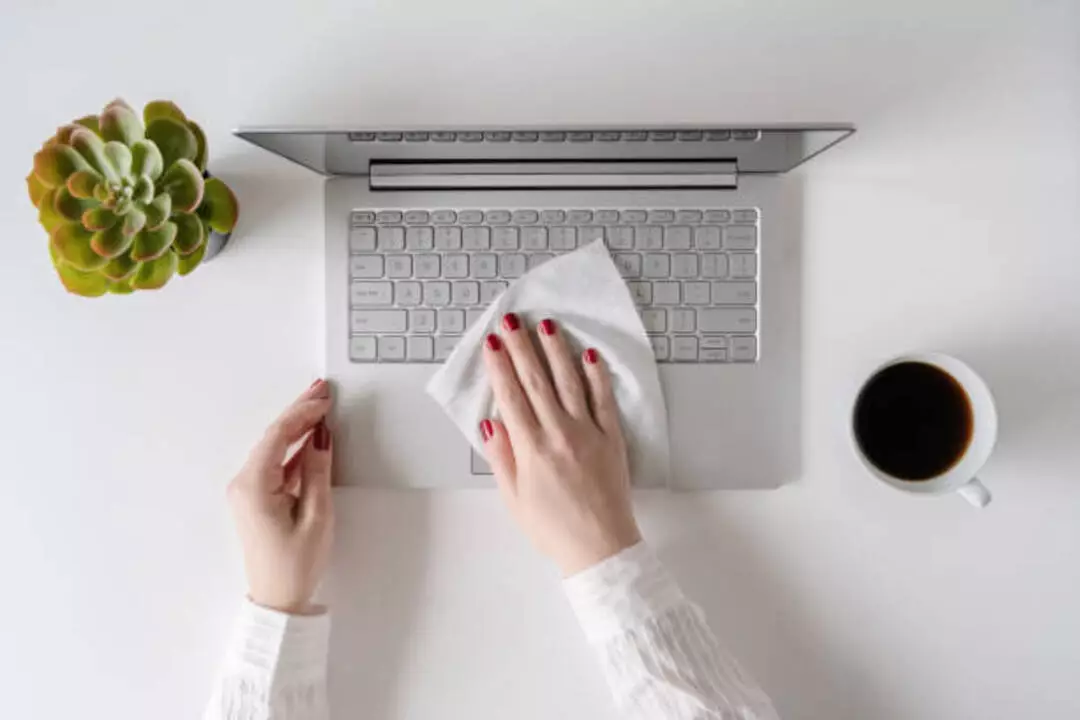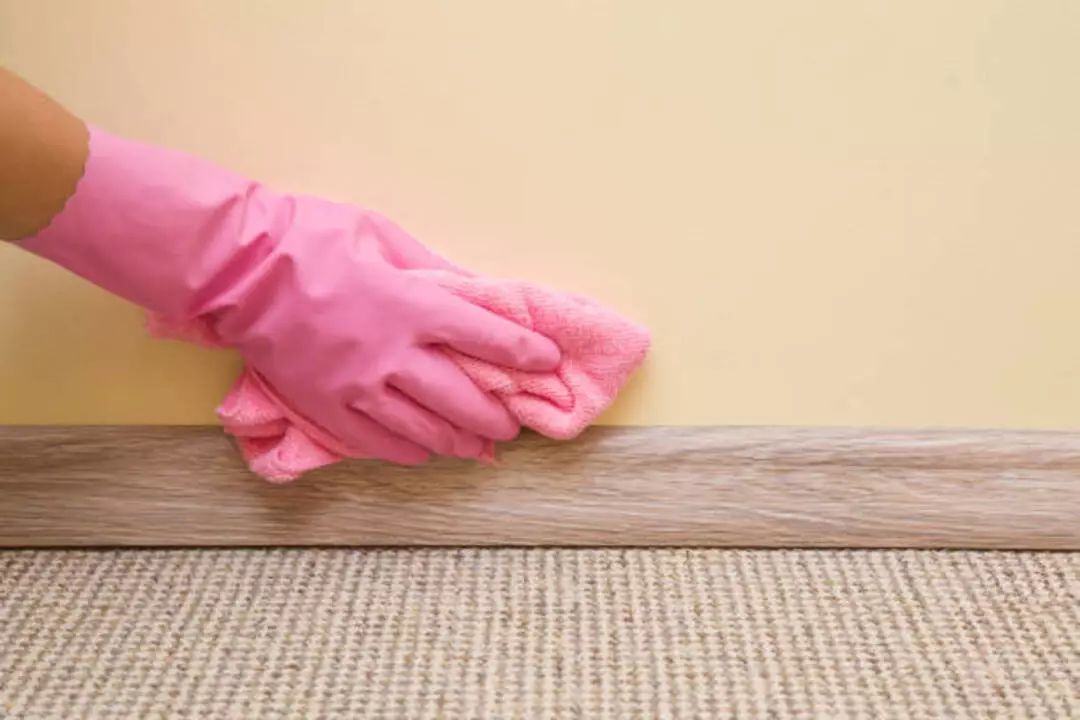Every school day, germs find a playground in the classroom. Did you know that maintaining cleanliness can help prevent harmful germs from spreading among children and staff?
In this post, we’ll guide you step-by-step through effective disinfecting practices to keep classrooms clean and healthy.
Ready for fewer sniffles and more learning? Let’s dive right in!
KEY INFORMATION
- Daily trashcan emptying and disinfection are crucial for preventing the buildup of germs and bad odors in classrooms.
- Limiting touchpoints, such as regularly cleaning doorknobs and shared objects, helps prevent the spread of illnesses.
- Regularly cleaning desks and tables, including the tops and sides, helps prevent the spread of germs in classrooms.
- Attention should be given to properly cleaning and disinfecting plastic surfaces like chairs, tables, and toys.
- Proper management of classroom toys includes not sharing them among students and regular cleaning with disinfectant wipes or mild detergent solutions.
- Teaching proper hand hygiene to students and teachers by promoting regular handwashing with soap and water can help prevent harmful germs from spreading.
- Green cleaning products are a safe option for maintaining cleanliness in classrooms while also protecting health and the environment.
The Importance of Keeping Classrooms Clean and Disinfected
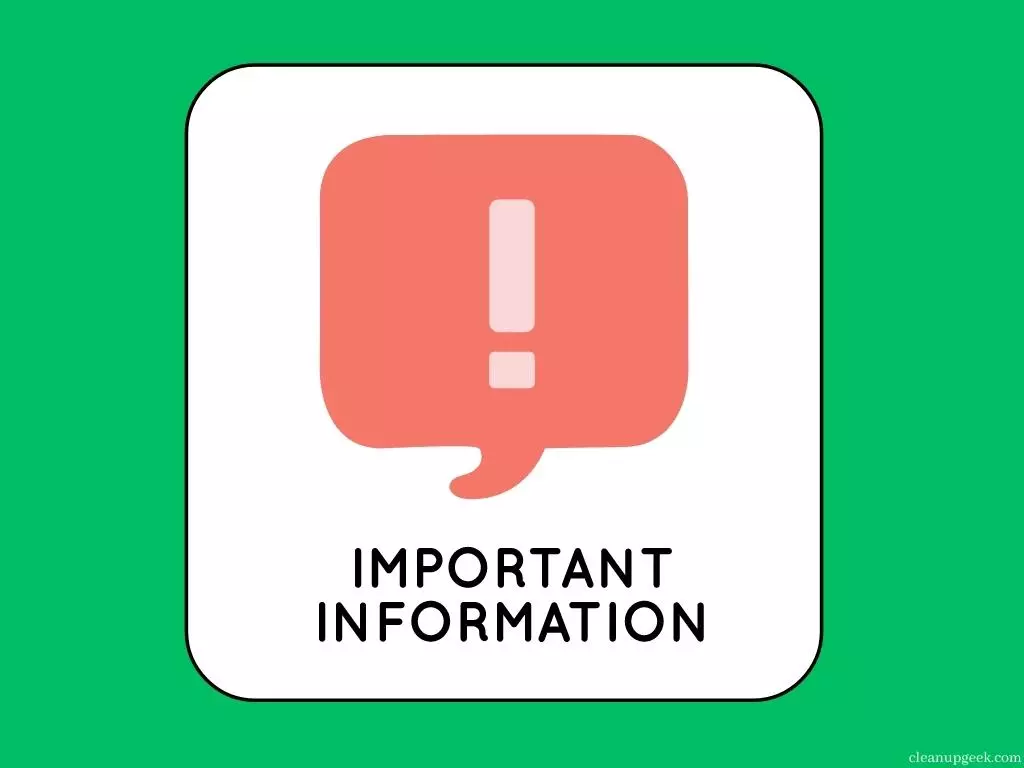
Clean and germ-free classrooms help students stay healthy. Illness in schools leads to poor grades. So, a tidy space fights germs that make students sick. Teachers need clean rooms too! They can get ill from messy spaces as well.
Using the right cleaners is important for this job. Disinfection guidelines for schools say to use safe tools only! Dirty desks and tables are home to germs, so they need daily cleaning.
The same goes for toys in the classroom – proper washing keeps them safe to touch.
Empty trash cans every day too! Full bins quickly become smelly and dirty homes for bugs and germs. Also, be smart about what gets touched often like door handles knobs—limit touchpoints to stop the spreading of germs more widely.
Proper hand hygiene plays a big role here as well. Hands pick up lots of dirt during the school day, so wash them often with soap and water to stop their spread on objects around the classroom.
Cleaning vs. Disinfecting vs. Sanitizing
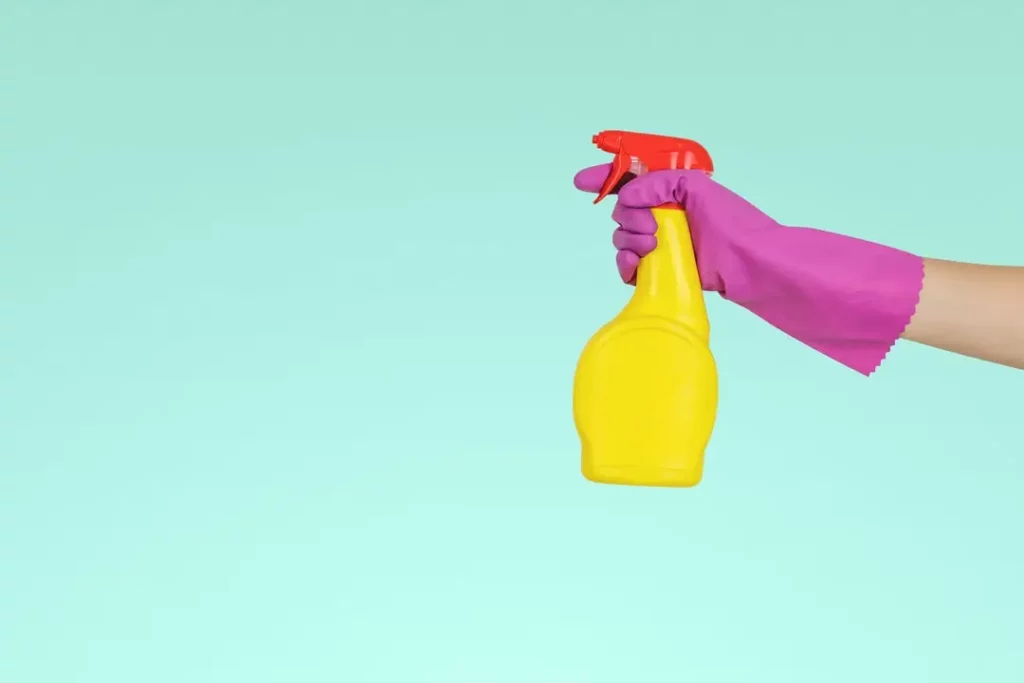
Cleaning, disinfecting, and sanitizing are all important for maintaining a clean and healthy classroom. But what’s the difference between them? Let’s break it down:
Cleaning is the first step in keeping a classroom tidy. It involves removing dirt, dust, and debris from surfaces using soap or detergent and water. Cleaning helps to visually improve the appearance of a space but may not necessarily kill germs.
Disinfecting goes one step further by killing germs on surfaces. Disinfectants are chemicals that can destroy bacteria and viruses. They should be used according to the manufacturer’s instructions to ensure effectiveness in eliminating harmful germs.
Sanitizing is similar to disinfecting but focuses on reducing rather than completely eliminating germs. Sanitizer products are commonly used on food-contact surfaces like kitchen counters or cutting boards.
In summary, cleaning removes dirt while disinfecting kills germs, and sanitizing reduces germ levels. To maintain a clean and healthy classroom environment, it’s important to incorporate all three steps – cleaning, disinfection, and sanitization.
Top Tips for Effective Classroom Disinfection

Here are some top tips for effectively disinfecting your classroom and maintaining a clean and healthy environment. Discover the importance of daily trashcan emptying, limiting touchpoints, regular cleaning of desks and tables, managing classroom toys, promoting proper hand hygiene, and more.
Read on to learn how to maintain a germ-free classroom.
Daily trashcan emptying and disinfection
Emptying and disinfecting trash cans daily is a crucial step in maintaining cleanliness in classrooms. By doing this, you can prevent the buildup of germs and bad odors. Make sure to wear gloves while emptying the trash, and use a disinfectant spray or wipe to clean the inside of the trashcan.
Dispose of the garbage properly to avoid any contamination. Keeping up with this routine will contribute to a healthier classroom environment for everyone.
Limiting touchpoints
To maintain a clean and healthy classroom, it’s important to limit touchpoints as much as possible. This means reducing the number of surfaces that students and teachers come into contact with throughout the day.
Why is this important? Well, germs can spread easily through touch, so by limiting these touchpoints, we can help prevent the transmission of illnesses. Things like doorknobs, light switches, and shared objects should be regularly cleaned and disinfected to keep everyone safe.
By taking these simple steps, we can create a cleaner environment for all.
Regular cleaning of desks and tables
Cleaning desks and tables on a regular basis is crucial for maintaining a clean and healthy classroom environment. These surfaces can easily become breeding grounds for germs and bacteria, especially when many students use them throughout the day.
By cleaning these surfaces daily, you can help prevent the spread of illnesses and keep your classroom safe. Remember to use an all-purpose cleaner that is effective in killing germs, and make sure to wipe down not only the tops but also the sides and edges of desks and tables.
Keeping these surfaces clean is a simple yet important step in promoting cleanliness in your classroom.
Attention to plastic surfaces
When disinfecting classrooms, it’s important to pay attention to plastic surfaces. Plastic surfaces, such as chairs, tables, and toys, can harbor germs and bacteria if not cleaned properly.
To effectively disinfect plastic surfaces, start by removing any visible dirt or debris using a damp cloth or sponge. Then, apply a disinfectant solution that is suitable for use on plastics.
Make sure to follow the manufacturer’s instructions for both cleaning and disinfection products. Allow the disinfectant to remain on the surface for the recommended contact time before wiping it off with a clean cloth or paper towel.
Managing classroom toys
To maintain a clean and healthy classroom environment, it’s important to manage the toys properly. First, make sure that students do not share toys as this can spread germs. It’s also crucial to clean the toys regularly using disinfectant wipes or a mild detergent solution.
Soft and porous materials should be removed from the classroom as they are difficult to clean effectively. By keeping students’ items separated and cleaning them regularly, you can help prevent the spread of germs in your classroom.
Proper hand hygiene for students and teachers
Teaching students and teachers the importance of proper hand hygiene is crucial for maintaining a clean and healthy classroom. Encourage everyone to wash their hands with plain soap and water before eating and after using the bathroom.
This simple practice can help prevent harmful germs from spreading. Remember to use warm water, lather thoroughly, scrub for at least 20 seconds, rinse well, and dry with a clean towel.
By promoting good handwashing habits, we can create a germ-free environment that promotes the overall health and well-being of everyone in the classroom.
The Role of Green Cleaning Products
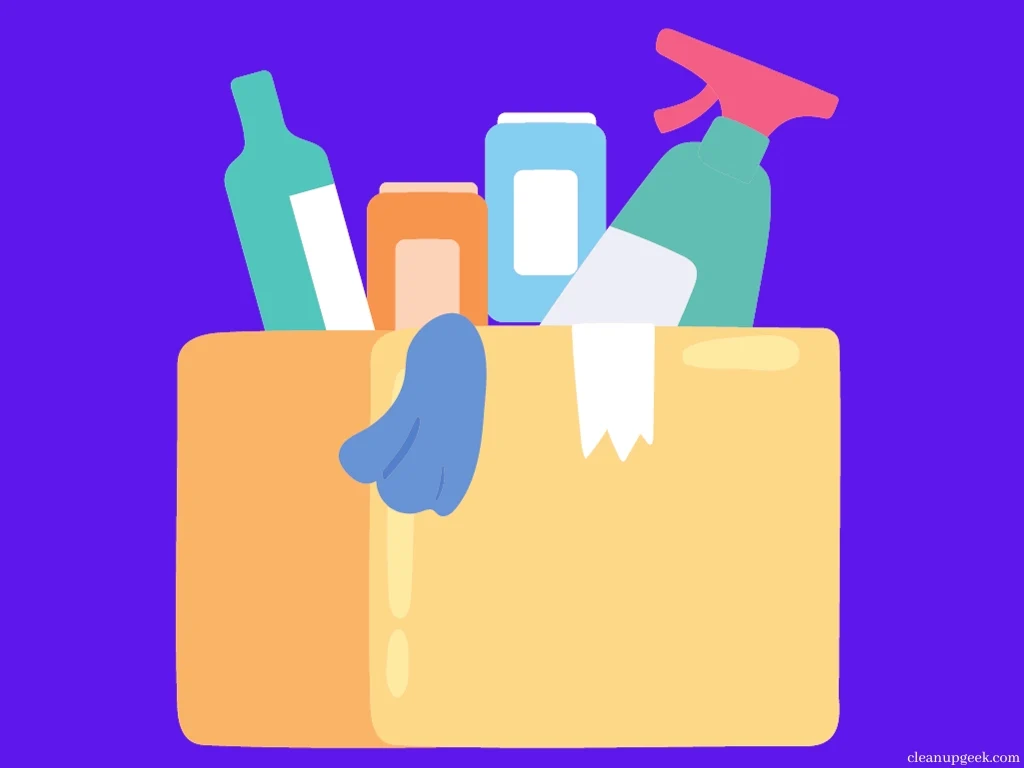
Using green cleaning products is an important part of maintaining a clean and healthy classroom environment. These products are safe for both cleaners and students, as they do not contain harmful chemicals or toxins.
Green cleaning products are made from natural ingredients that effectively remove dirt and germs without causing any harm to surfaces or the air quality in the classroom. They are also biodegradable, which means they break down easily in the environment and do not contribute to pollution.
By using green cleaning products, you can ensure that your classroom remains clean, while also promoting a healthier environment for everyone.
Green cleaning products play a crucial role in reducing the risk of allergic reactions and respiratory problems among students and staff members. Traditional cleaning products often contain strong fragrances and harsh chemicals that can trigger allergies or asthma symptoms in sensitive individuals.
With green cleaning products, you can eliminate these risks and create a safer space for learning.
In addition to their safety benefits, green cleaning products also have positive effects on our planet. They are made from renewable resources like plant-based materials instead of relying on petroleum-based ingredients found in conventional cleaners.
This helps reduce our reliance on fossil fuels and contributes to lower greenhouse gas emissions.
When choosing green cleaning products for your classroom, look for certifications such as EcoLogo or Green Seal to ensure their effectiveness and environmental friendliness. It’s important to follow proper dilution instructions provided by the manufacturer for optimal results.
By incorporating green cleaning practices into your daily routine, you can maintain cleanliness in your classrooms while protecting the health of students, staff members, and the environment alike.
Frequently Asked Questions

1. What are effective disinfecting tips for maintaining clean and healthy classrooms?
Effective disinfecting tips include keeping classroom hygiene with surface cleaning, proper trash disposal, and making sure desks and tables are always clean using an all-purpose cleaner.
2. How can we maintain a germ-free classroom?
An important way to have a germ-free classroom is by preventing object sharing among students, regular air filtration, and promoting cleanliness in classrooms.
3. Why is it necessary to focus on school hygiene?
School hygiene is crucial because it plays a part in preventing illness in schools. Classroom sanitation ensures the safety of students so they can study without getting sick.
4. What cleaning supplies do I need for my classroom?
Cleaning supplies like an all-purpose cleaner for desks, tables, or other surfaces play a huge role in providing safe and effective cleaning options for your school’s hygiene needs.
5. Is there any importance of disinfecting in educational settings?
Yes! Disinfecting holds great value in educational settings as it helps keep best practices for classroom cleaning while helping students understand the need to maintain cleanliness at all times.
Conclusion and final thoughts
In conclusion, maintaining clean and healthy classrooms is crucial for the well-being of students and teachers.
By following these effective disinfecting tips, such as daily trashcan emptying and disinfection, limiting touchpoints, regular cleaning of desks and tables, attention to plastic surfaces, managing classroom toys, and promoting proper hand hygiene, we can create a safe learning environment free from harmful germs.
Remember to prioritize the use of green cleaning products for safer and more environmentally friendly solutions. Together, let’s promote cleanliness in our classrooms and prevent the spread of illness.



